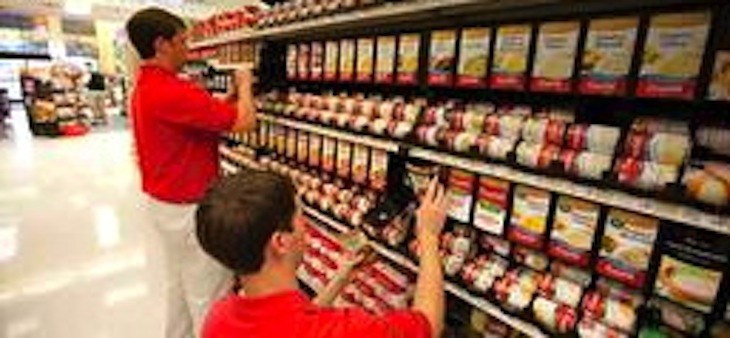Amazon, Costco, Trader Joe’s most favored by consumers
by January 23, 2018 7:41 pm 1,604 views

Consumer sentiment toward food retailers continues to focus on competitive prices, quality products, values and time savings conveniences, according to Dunnhumby’s new Retailer Preference survey of 11,000 U.S. households evaluating 59 grocery retailers.
The traditional grocery market was valued at about $700 billion in 2017 and remains in constant combat against e-commerce shops seeking to take market share and grow their own sales. The survey report said retailers that scored well with consumers were evaluated on quality, assortment and store experience, discounts and rewards, speed, prices, convenience and their application of digital. This was combined with emotional responses around customer satisfaction, likelihood to recommend and trust of the retailer. The two metric were combined with the retailers’ market share, 5-year sales growth and sales per square foot from 2016.
Following were the top 10 grocery retailers with the highest overall scores.
1. Trader Joe’s
2. Costco
3. Amazon
4. H-E-B
5. Walmart
6. Wegmans
7. Aldi
8. Sam’s Club
9. Sprouts Farmers Market
10. Whole Foods Market
Publix ranked No. 16, while Kroger came in at No. 18, two spots ahead of Target at No. 20. The report ranked the grocery retailers into four different quartiles. Bringing up the rear were Food Lion at No. 43, and Texas grocery firms Winn-Dixie at No. 48, Brookshire Grocery at No. 50.
Dunnhumby said prices and quality carried the most weight among consumer preferences. Aldi’s focus on price and certain high-volume staple categories like dairy and packaged foods is enough to secure high rankings on price and the overall index ranking, according to the report.
The report also noted if stores rank high enough on price savings they can often sacrifice on convenience, speed and digital usage and still make the top quartile ranking. But a store cannot afford to have product quality and store cleanliness issues that are below average because consumers expect those two metrics are always met.
The quality-focus metric was also a big part of the overall scoring. Whole Foods Market, because they index so high on quality, were allowed to perform below average on prices and still achieve a high overall index ranking. However, any other retailer with high quality gets penalized on overall index ratings if they have poor price perception. Price perception must be at least average for the retailer to come out in the top quartile. An exceptional private label, achieved only by retailers in the top half of the highest quartile, is another successful strategy used to secure high quality and overall high index rankings.
The report found stores like Trader Joe’s, Costco, Sprouts and H-E-B achieve something few retailers do – a leading position on quality and price. If stores are indexing high enough on price and quality, they can sacrifice convenience, speed, digital and personalized discounts and still rank high, the report noted. H-E-B is the only traditional supermarket to score well above average on price and quality.
Dunnhumby also found Walmart’s success in digital translated into a high index ranking with support from high marks in pricing and convenience. Target ranked second on digital execution but ranked only average on the other supporting factors, moving it out of the top quartile of the index. In general, stores that over-index on price and non-perishable categories are more likely to win at digital than at traditional, more fresh food-focused retailers.
“We firmly believe that retailers must differentiate themselves today to be competitive in face of the myriad of options shoppers have,” said Jose Gomes, managing director of North America for Dunnhumby. “Differentiation begins with the retailer identifying the shoppers that they can serve better than their competition. A solid customer first strategy, backed by customer data science, will help the retailer focus its finite resources and attention on the customers that are the most important to their success.”
